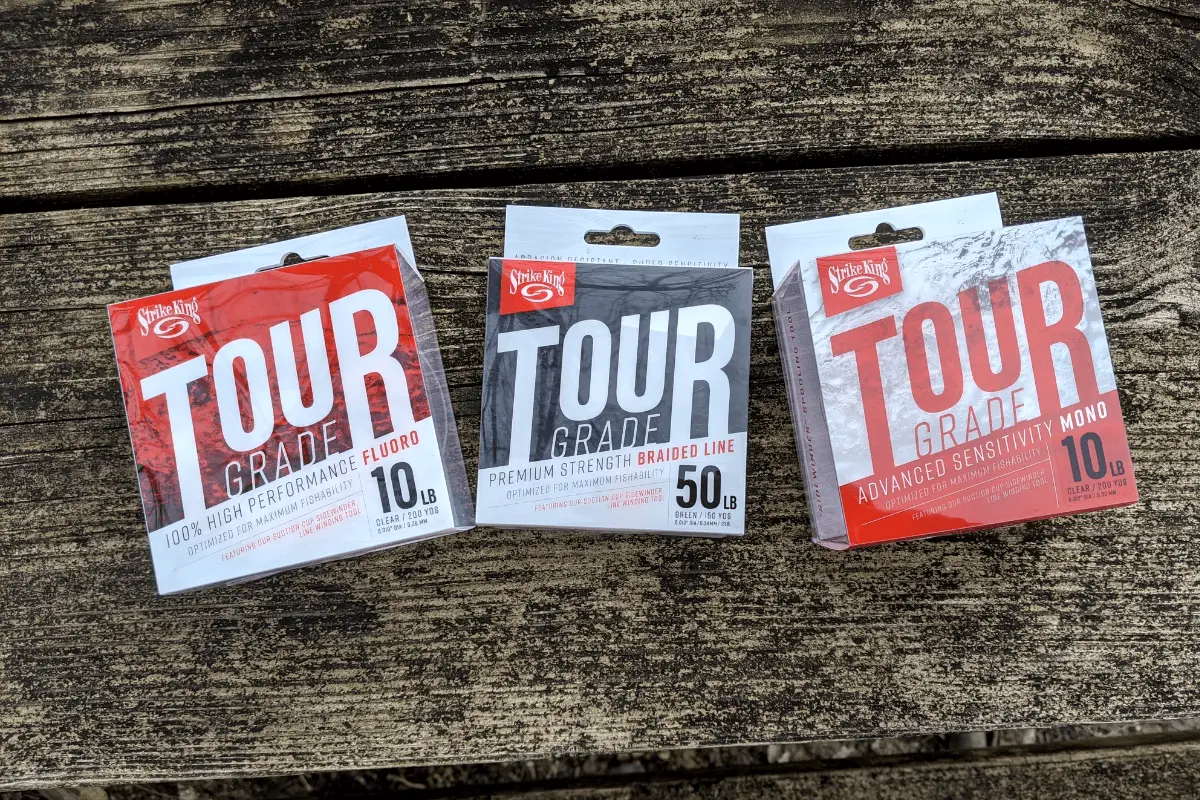Choosing the proper line for the technique and situation is an important choice. This is especially true when moving from one type of water to another.
Line selection for bass anglers varies by technique and conditions. Stained to dirty water and heavy cover means braid is a great choice. Clearer water and using moving lures, like soft plastic swimbaits, make fluorocarbon a good option.
This guide will break down the characteristics of each line type and then soft plastic lures and presentations they pair well with.
Characteristics of Each Line Type
There is no perfect line that covers every situation. Each choice has pros and cons that match the conditions anglers are fishing. A solid understanding of these characteristics helps anglers make the right choice at the right time.
The below table breaks down each line type and the positive and negative attributes of each.
| Line Type | Pros | Cons |
| Monofilament | Inexpensive, Easy to handle | Lots of stretch |
| Fluorocarbon | Low-visibility, Abrasion Resistant | Expensive, Wrong knot will snap easily |
| Braid | Very sensitive, Lasts a long time, No-stretch | Expensive, Very Visible |
It is important to note, while the massive amount of stretch in monofilament is listed as a negative trait in this chart, there are situations in your soft plastic fishing when mono can be a solid choice because of the stretch.
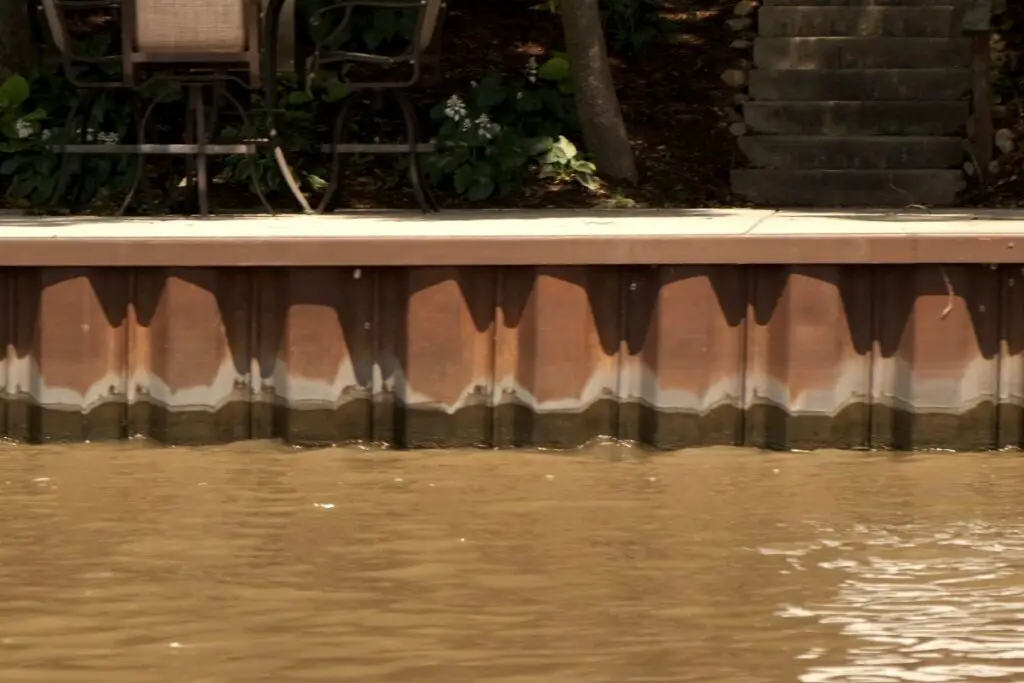
Understand the Conditions First Where You will Fish Soft Plastics
The easiest place to start is water clarity.
Whenever it’s possible, I will use braid for my soft plastics. This is determined by visibility. If there is a heavy stain to the water straight braid will get the call most of the time. When the water is muddy then I definitely use braid for almost every plastic lure.
As the water clears most often I will be using a fluorocarbon line, or a braid to fluoro leader.

Fluoro refracts the light in a different manner than mono and is more difficult to see. The home lake I live on is exceptionally clear. Based on my experiences, this makes a difference. Lighter-pound test fluoro in these challenging conditions receives a lot more bites than the straight braid.
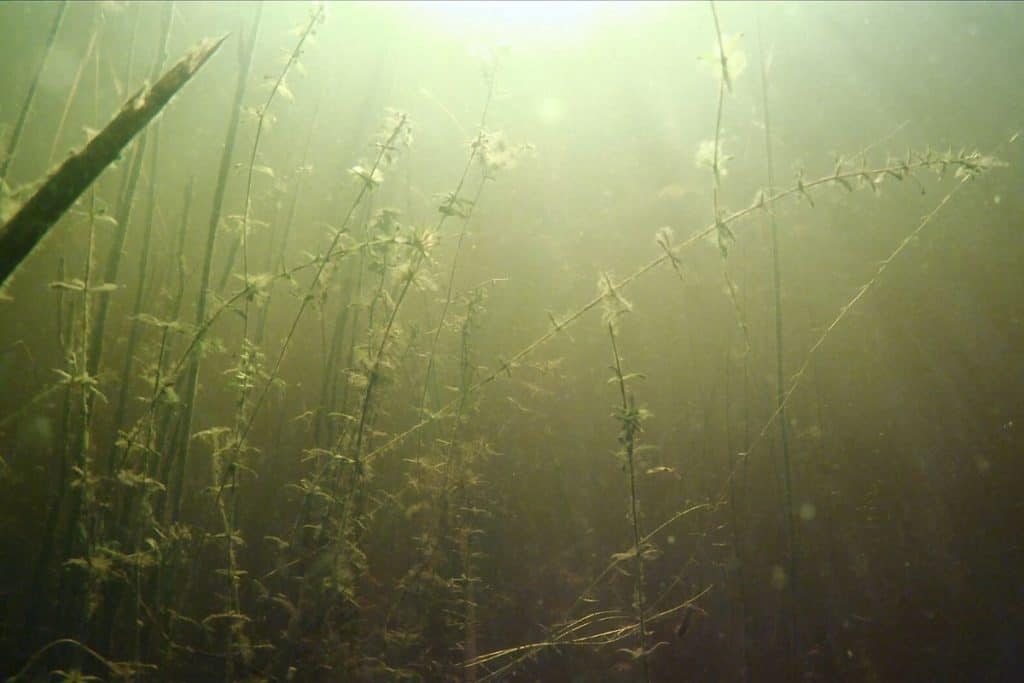
The Type of Cover Also Determines Line Choice
The thicker the cover the more apt I am to use braid.
Braid rips through the heaviest vegetation with ease and its small diameter, compared to mono, allows for easier casting and line management.
Add in stained water, like mentioned above, with heavy cover and braid is the clear winner.
Why Use Braid When You Can?
The real benefit that jumps out is sensitivity.
The amount of information an angler can decipher with braid is amazing compared to the other two line choices. Anglers that use braid for the first time are shocked at what they can feel on the lake bed.
When fishing soft plastics in the thick stuff, the fact that braid has basically no stretch is a huge plus. The last thing we want is a bass to turn its head and get deeper into the cover.
Braid transfers energy to the hookset faster than any other line out there and it refuses to give. This will keep the fish coming towards you and out of cover. The odds of landing a bass, especially a big bass, go way up when using braid and soft plastics in nasty cover situations.
(Here is an article on the best gear ratio for each soft plastic fishing technique.)
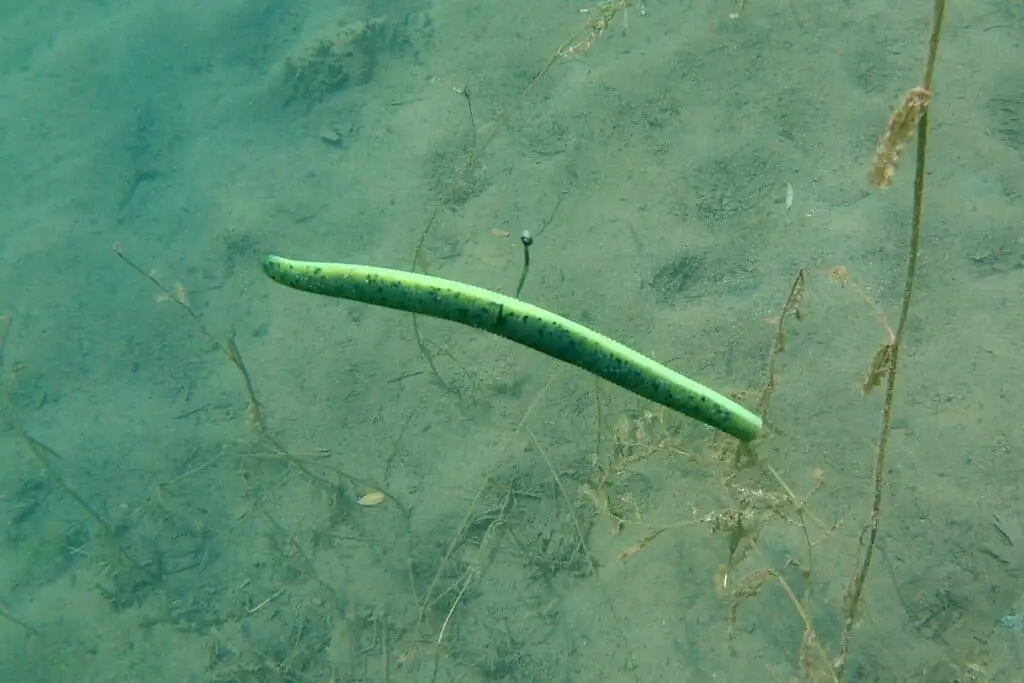
The Benefit of Fishing Braid to a Leader
Many pros use braid to a leader material when fishing in cleaner water.
Why? It’s the best of both lines’ characteristics.
You still get the huge benefit of increased sensitivity while using a lo-vis line where the fish will notice the lure. I also like the fact that I can switch pound test on my leader material quickly and adjust to what is happening.
This includes using braid on spinning reels.
(Here is an article about braided line and everything you need to know.)
The braid mainline can last an entire season with ease while switching out leaders to match the conditions.
Using a good connecting knot is the most critical part of this hybrid approach to line management. Personally, I am a huge fan of the Red Phillips Knot for its ease, but there are many great connecting knots.
Below is a video on the Red Phillips Knot.
The below table will break down line choice I suggest, lures/presentations, water clarity, and cover.
| Lure | Clear Water | Stained Water | Dirty Water | Rocks | Vegetation | Wood |
| Texas Rigs Heavy Cover | Braid/Fluro Leader | Braid | Braid | Fluoro | Braid | Braid |
| Texas Rigs Sparse Cover | Fluoro | Braid or Fluoro | Braid | Fluoro | Braid or Fuoro | Braid or Fluoro |
| Swimming Plastics | Fluoro or Mono | Braid/Fluoro Leader or Fluoro | Braid | Fluoro | Braid/Fluoro Leader | Braid/Fluoro Leader |
| Ned Rig | Braid/Fluoro Leader or Fluoro | Braid/Fluoro Leader or Fluoro | Braid/Fluoro Leader or Fluoro | Braid/Fluoro Leader or Fluoro | Braid/Fluoro Leader or Fluoro | Braid/Fluoro Leader or Fluoro |
| Carolina Rig | Braid Mainline w/Fluoro Leader | Braid Mainline w/Fluoro Leader | Braid Mainline w/Fluoro Leader | Braid Mainline w/Fluoro Leader | Braid Mainline w/Fluoro Leader | Braid Mainline w/Fluoro Leader |
| Shaky Head | Braid/Fluoro Leader or Fluoro | Braid/Fluoro Leader or Fluoro | Braid/Fluoro Leader or Fluoro | Braid/Fluoro Leader or Fluoro | Braid/Fluoro Leader or Fluoro | Braid/Fluoro Leader or Fluoro |
| Tokyo Rig | Braid/Fluoro Leader or Fluoro | Braid/Fluoro Leader or Fluoro | Braid | Braid/Fluoro Leader or Fluoro | Braid/Fluoro Leader or Fluoro | Braid/Fluoro Leader or Fluoro |
When to Use Monofilament for Soft Plastics
First off, if cost is an issue with braid or fluorocarbon, monofilament is the way to go. It is still quite affordable. Anglers have caught lots of bass on mono and there are folks that use mono exclusively.
With that said, there are a couple of situations where mono will get the job over the other two line choices.
Horizontally Presented Soft Plastics
Personally, I am going to have fluoro or a braid to fluoro leader on in this situation, but if you are an angler that is missing a lot of bites because of hooksets that are too strong, mono is a good choice.
The added stretch of monofilament will help anglers with too powerful of hooksets. It will keep the lure from ripping out of the mouth of the bass.
Mono has a lot of stretch.
Using lures like soft plastic swimbaits is a great example of this stretch can be beneficial. The mono will give enough that the angler will be less likely to yank it away.
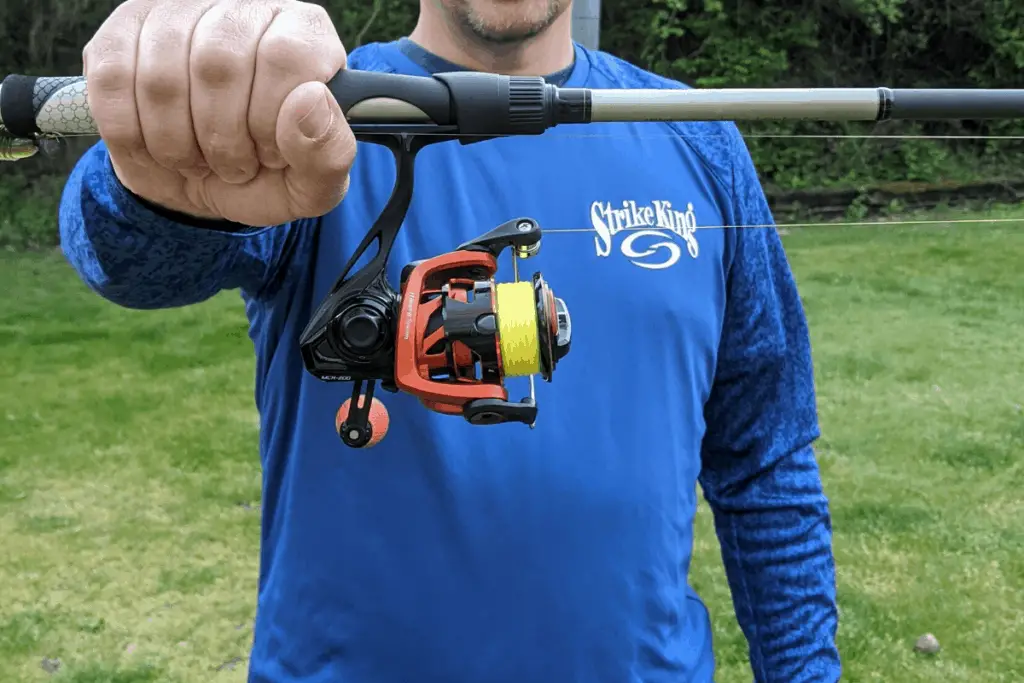
Fishing a Floating Worm
I also like to use monofilament when fishing a floating worm.
The buoyancy of the mono will keep the line on the water’s surface. When it is time to make a hookset I have much more confidence because of this.
The stretch will also help. Floating worm fishing is a very visible way to catch bass. The excitement of seeing a strike instinctually makes us react too soon.
As we discussed above with other horizontally presented soft plastics, mono can help us land more fish in this overzealous situation.
Good luck out there and make sure to encourage someone today. You never know how you may change their life forever.
Isaiah 6:8

